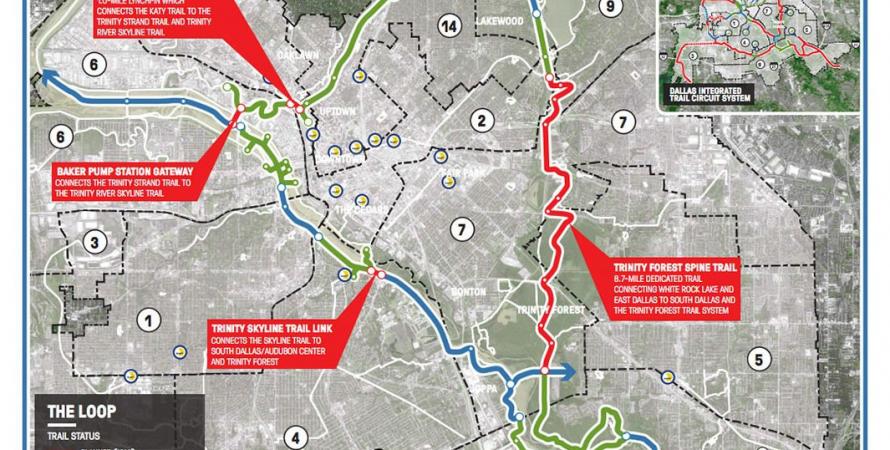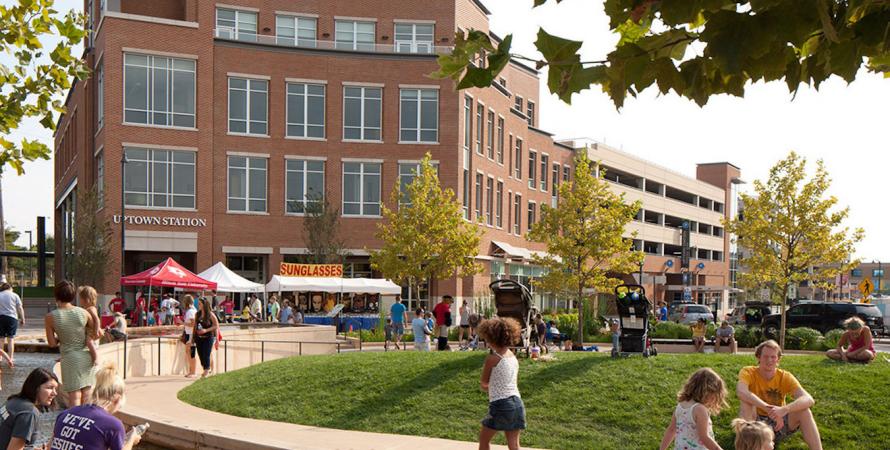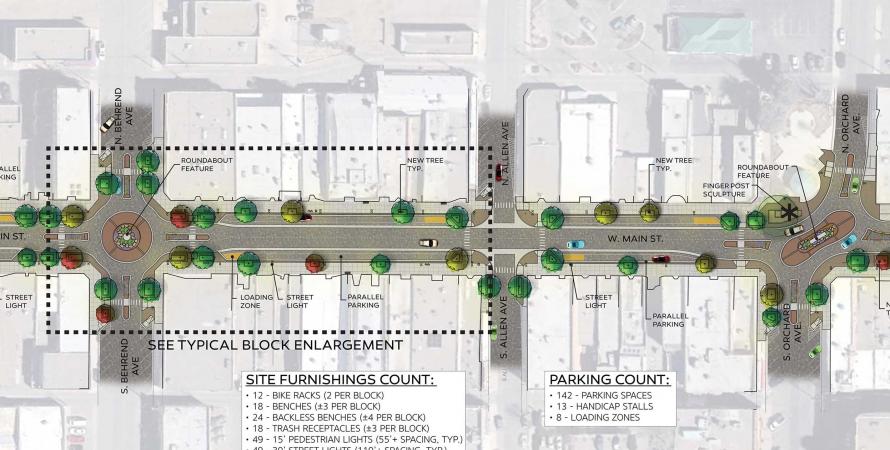-

Dallas trail system; infrastructure for health
Dallas is implementing a trail system that could make a big difference in the quality of life and health in this major city. The Loop Trail is a 50-mile trail system that is nearly half built, and the rest is funded or planned, creating a loop around Dallas. The system was first conceived in 2014,...Read more -

CNU is more than the annual Congress; In 2020, our work is more important than ever
Beyond the event you have come to expect, CNU staff works year-round on programs, research, and partnerships that are shaping the practice of urbanism from the local to the international level. None of this is possible without the ongoing support of our members . You may know that CNU is an...Read more -

Complete streets: Visible counter to Covid recession?
The US needs public works investments to help main streets.The pandemic’s full negative impact on main streets is unknown, but significant. Many storefronts have closed and small businesses are hurting. We don’t know how many local employers will succumb to the economic hardships that communities have experienced. Meanwhile, 2020 has been a year of eerily...Read more -

Addison Circle expanded with TOD
A $500 million transit-oriented development will connect to the well-known new urban development as DART moves forward with a rail corridor.An early and influential new urbanist project, Addison Circle in Addison, Texas, is being expanded. The commercial real estate firm Cushman & Wakefield was engaged this week by the Town of Addison to solicit proposals for a $500 million transit-oriented development (TOD) adjacent to Addison...Read more